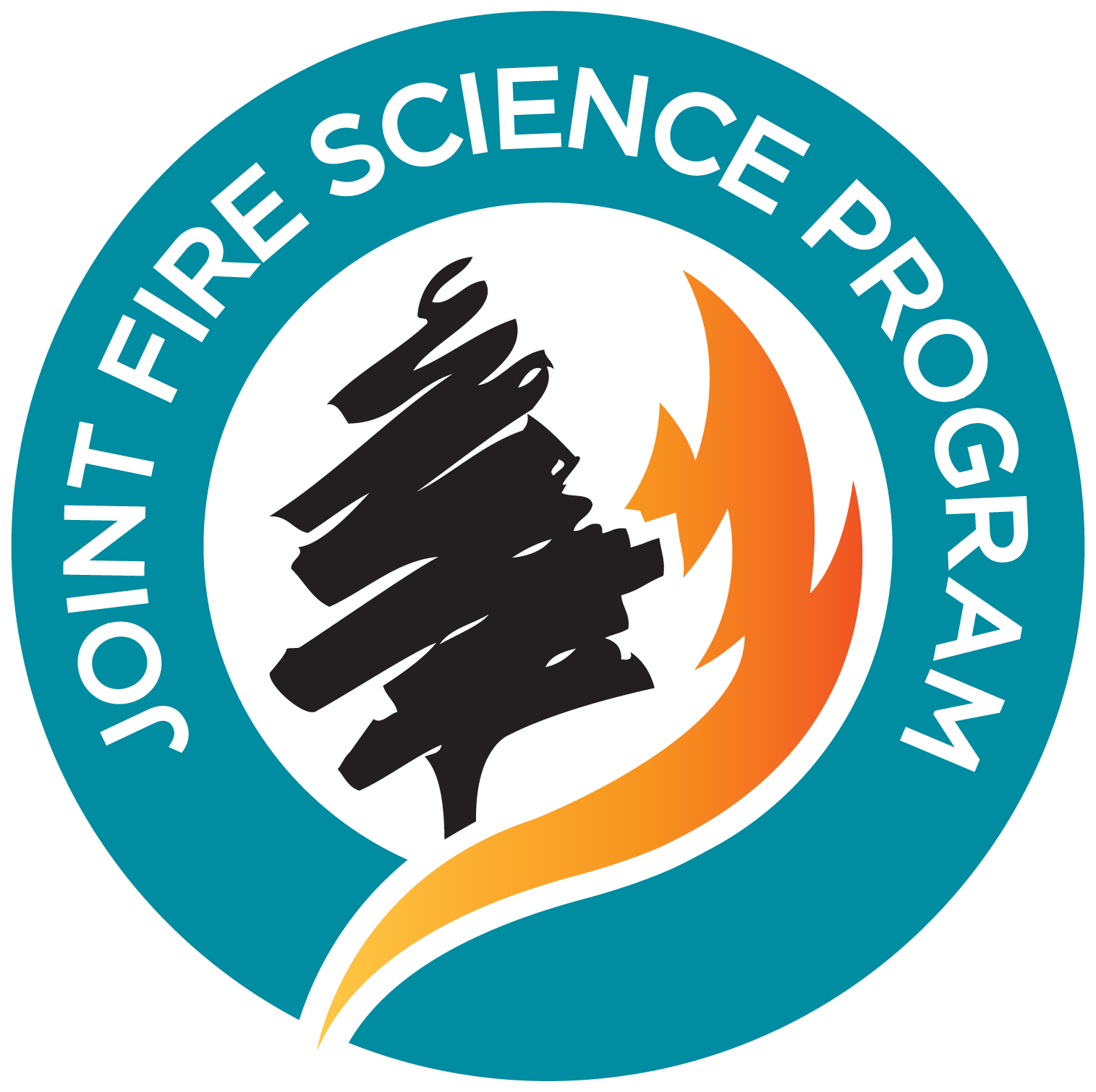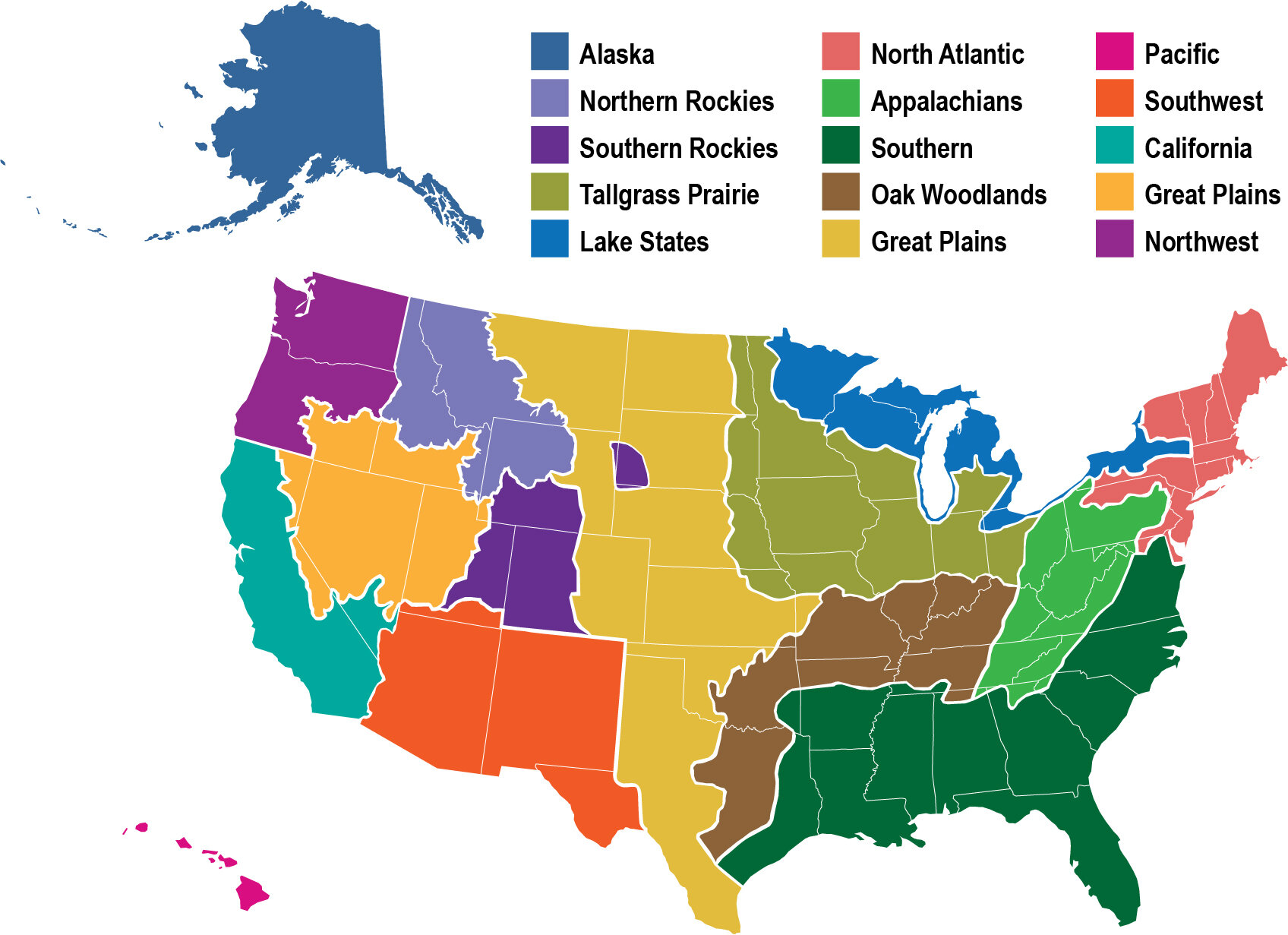Abstract: The inability to distinguish between human-caused and lightning ignitions in fire-history studies has led to three major problems: 1) a basic assumption that all pre–Euro-American settlement fire regimes are ‘‘natural’’ unless findings are aberrant, i.e., outside the range of ‘‘natural’’ lightning fire regimes; 2) a lack of studies that explicitly or quantitatively determine ignition sources; and 3) use of regional anthropological overviews rather than site-specific ethnographic and archaeological data. A cross-disciplinary dendrochronological fire history and archaeological study conducted in Yosemite Valley, Yosemite National Park, California, shows that fire return intervals in areas with no historical lightning ignitions and a large Native American population were similar to those in locations with a high number of lightning ignitions. Native American fire regimes in Yosemite Valley consisted of spatially small, low-intensity surface fires in all areas regardless of differences in distance from a village site, identified land uses, or village size. Fire patterns appear to be independent of climatic fluctuations and dependent on human disturbance patterns. Archaeological and ethnographic data show no major difference between the population size, land-use patterns, or material culture of the Ahwah’-nee, the prehistoric occupants of Yosemite Valley, and other native groups in the Sierra Nevada or Great Basin. The cultural data and initial findings from this study suggest that lightning and Native American influences on fire regimes cannot be differentiated based only on fire return intervals and fire regimes;additional cross-disciplinary studies are needed to gain better understanding of human–fire interactions.
View Full Article PDF >
Read More


